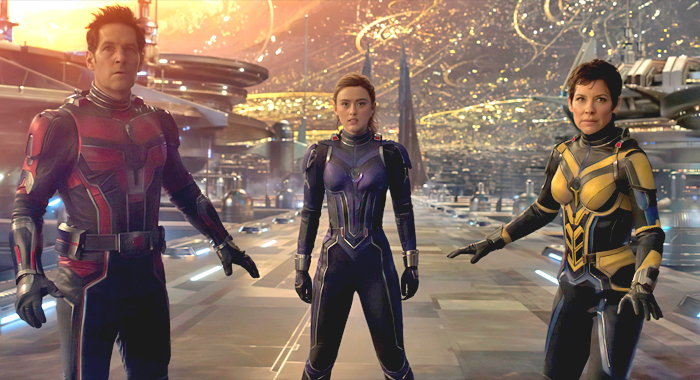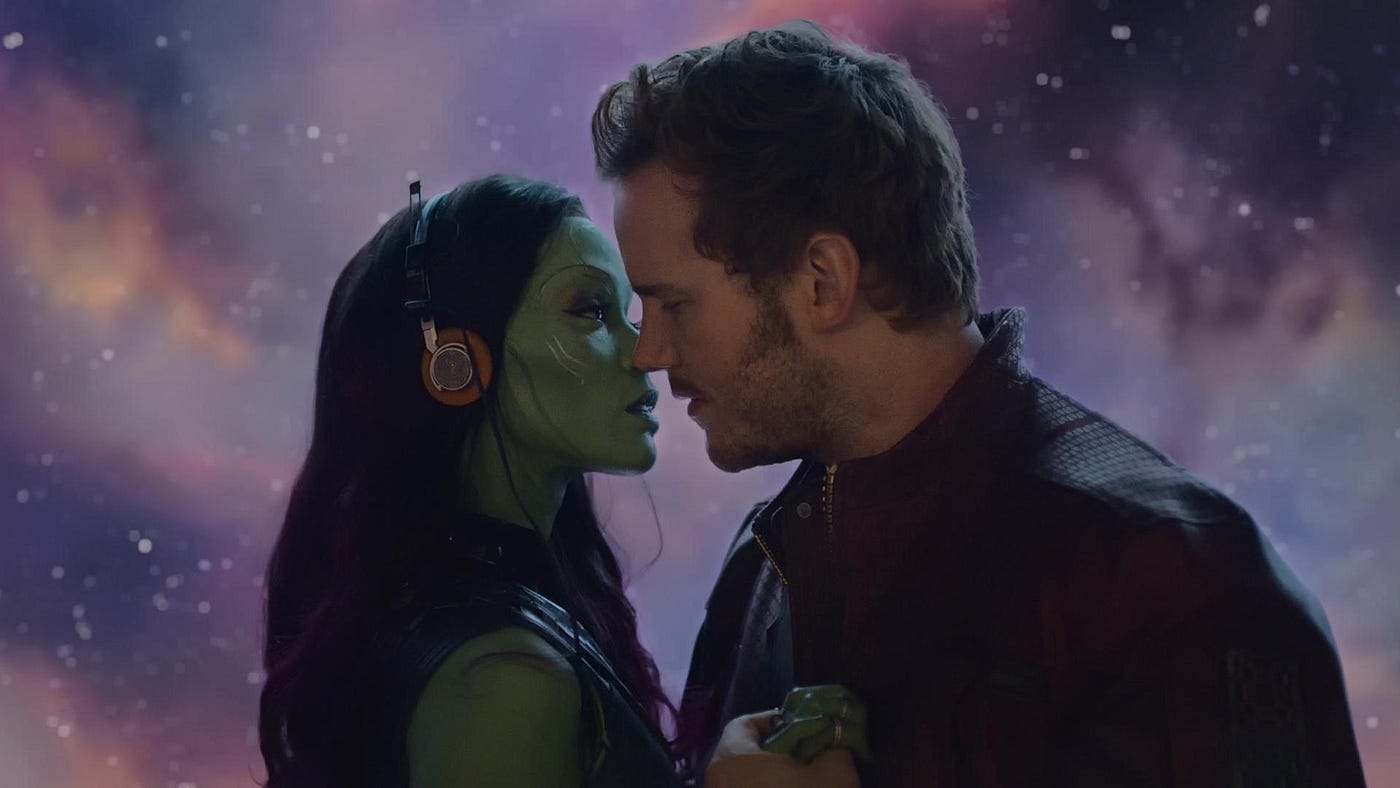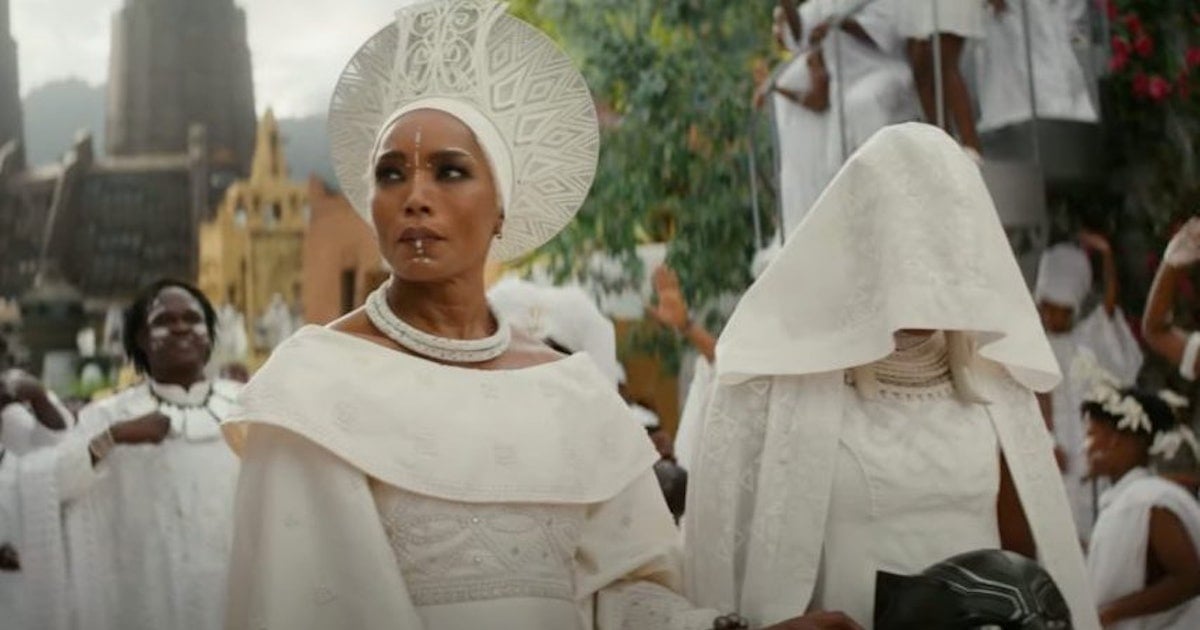5 Script Takeaways: 'Thor: Love and Thunder' Character Descriptions
July 15, 2022
In the first scene of Thor: Love and Thunder, the audience learns that after the death of his daughter, a mortal man discovers his God has seemingly turned his back on his people, if he even cared about them at all. Distraught and betrayed, this man now seeks revenge on all the Gods. While this might not be a serious issue for most of the Avengers, for Thor the God of Thunder, this could be quite a problem.
Thor: Love and Thunder follows Thor through a bit of an identity crisis as he struggles to find meaning in his life and relationships. While he’s a celebrated hero who waits to be called into battle to win the day, deep down he lacks fulfillment in his personal life exacerbated by the death and loss of so many of his friends and family over the course of the last few years. Now, a villain named the God Butcher wants him dead.
Taika Waititi returns as director of the Thor series within the Marvel Cinematic Universe and wrote the film alongside Jennifer Kaytin Robinson. The movie stars Chris Hemsworth, Natalie Portman, Tessa Thompson, Christian Bale, and Russell Crowe.
Here are 5 screenwriting takeaways from Thor: Love and Thunder you can apply to your own writing.
1. Who is Thor?
At the beginning of Thor: Love and Thunder, Korg (voiced by Taika Waititi) shares how Thor has changed over the past few years. He’s gone from ‘dad bod’ to ‘God bod’ and spends his time meditating, until being called into duty.
When he shows up to the fight, he presents himself as a hero who can solely win the battle. In one of the first scenes of the movie, Thor meets up with the Guardians of the Galaxy, gives a quick inspirational speech then uses his axe Stormbreaker to destroy the enemy and save an innocent people. He even claims “Another classic Thor adventure” at the conclusion.
With 80s rock music blaring, Jean Claude Van Damme-Esque moves and a smile on his face, the audience gets a good idea of who Thor is today versus who he was in previous films. You can use these transitions in your own writing as a way to ensure your recurring character evolves. Thor can't be the same as we left him in 2011. Not only should there be a character arc within the film, but also one that spans across a series of films.
2. What’s this movie about?
Think back to the Iron Man films. Each one centered around Tony Stark building a better suit, facing a more determined enemy and gaining a few new friends along the way who would appear alongside him in future MCU films.
But they were also about the character’s internal struggle and how that impacted his ability to succeed in saving the world:
Iron Man 2, for instance, shows Stark unable to handle both the fame and the burden of having to be a hero.
The same goes for the Thor series. Each film has an underlying theme that the lead character struggles with and the latest in the Thor saga shows the title character trying to find peace and love in a world where seemingly everything he loves has been taken away from him.
This drives his actions throughout the film whether it’s an awkward moment with his ex-girlfriend Jane Foster (Portman) or his friendships with Peter Quill (Chris Pratt).
Overall, as a mostly-retired superhero, Thor is having an identity crisis and it all centers around the friends, family and the love of his life.
3. Not just another villain
It’s no surprise that what helps make a compelling protagonist is an even more captivating antagonist. It’s why audiences love the villains even when they do profoundly malicious things:
The Joker in The Dark Knight and Lecter in Silence of the Lambs are a couple of examples.
In Thor: Love and Thunder, the villain is Gorr the God Butcher (Bale). After being betrayed by his own God, Gorr seeks revenge on all of the Gods. Thor is the God of Thunder, so he’s on the list of who Gorr eventually wants to take out.
Sometimes villains can get away with no backstory, like The Joker in The Dark Knight. That’s more the exception though. Villains and antagonists need a purpose for their wickedness. For Gorr, it’s betrayal — a great motivator in almost any genre.
It’s important to get the reasons your antagonist is making the choices they are on the page, even if it’s never fully seen in the end product. It’s part of the development process and helps create richer, more engaging characters.
4. Writing exposition that doesn’t bore the audience
What’s happened with Thor since the last movie he was in? Who is Jane Foster and why is it such a surprise that she has come to New Asgard? These explanations are learned through exposition. Whenever an idea or explanation is required, you must use exposition in your writing.
There was even a character in Austin Powers: International Man of Mystery whose name was Basil Exposition — the joke being that when Austin Powers needed information, Basil was the one to deliver it.
The problem with exposition is that two people talking on-screen can become boring quickly. But it doesn’t have to be!
Thor: Love and Thunder demonstrates how you can relay critical information for the characters to learn in an engaging way. At the beginning of the movie, Korg brings the audience up to speed on Thor’s life as if he’s telling a story around a campfire while a montage of Thor’s transition plays. Same for learning about Thor and Jane’s past: Korg again tells a story amid a montage.
Another way though is when Thor learns who The God Butcher is. It’s a quick moment but it’s after he finds a friend who was nearly killed in battle. She relays who Gorr is and what he’s trying to accomplish. The exposition is quick and ensures the lead character understands the challenge that lies ahead. Instead of Thor learning in his house what’s going on, he learns after arriving at the end of a vicious battle, adding a more exciting element to the exposition.
5. It’s okay to have adult themes
Comic book movies stemming back to the 1980s provide plenty of action, violence and murder — Batman showed Bruce Wayne’s parents gunned down in an alley setting in motion the hero’s trajectory. Movies in this day and age don’t shy away from adult themes. Yes, every Disney animated film seems to relish killing off the mother or both parents, but Thor: Love and Thunder adds a new layer of adult themes:
Jane Foster has cancer. Gorr’s daughter dies of thirst amid a brutal drought, putting the ideas of what God even is to question. These adult-oriented themes create more ways for the audience to engage and stay interested in the story and can help you write deeper characters.
Written by: Steven Hartman
Steven Hartman is an award-winning, optioned screenwriter. He was a Top 5 Finalist in Big Break’s Historical Category in 2019 and won Best Action/Adventure in Script Summit’s Screenplay Competition in 2021. He holds a Bachelor of Arts degree from Columbia College and had internships at Jerry Bruckheimer Films and Village Roadshow Pictures. Steve is a full-time writer and creative video producer by day and a screenwriter and novelist by night.



